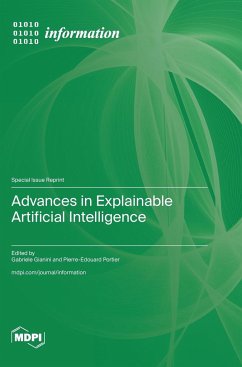Machine Learning (ML)-based Artificial Intelligence (AI) algorithms have the capability to learn from known examples, creating various abstract representations and models. When applied to unfamiliar examples, these algorithms can perform a range of tasks, including classification, regression, and forecasting, to name a few. Frequently, these highly effective ML representations are challenging to comprehend, especially in the case of Deep Learning models, which may involve millions of parameters. However, in many applications, it is crucial for stakeholders to grasp the reasoning behind the system's decisions to utilize them more effectively. This necessity has prompted extensive research efforts aimed at enhancing the transparency and interpretability of ML algorithms, forming the field of explainable Artificial Intelligence (XAI). The objectives of XAI encompass: introducing transparency to ML models by offering comprehensive insights into the rationale behind specific decisions; designing ML models that are both more interpretable and transparent, while maintaining high levels of performance;, and establishing methods for assessing the overall interpretability and transparency of models, quantifying their effectiveness for various stakeholders. This Special Issue gathers contributions on recent advancements and techniques within the domain of XAI.
Hinweis: Dieser Artikel kann nur an eine deutsche Lieferadresse ausgeliefert werden.
Hinweis: Dieser Artikel kann nur an eine deutsche Lieferadresse ausgeliefert werden.








